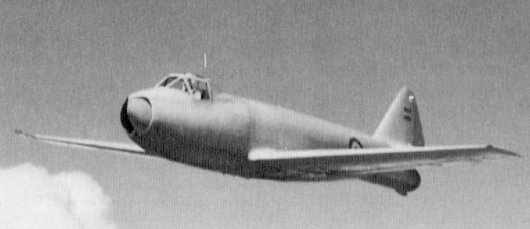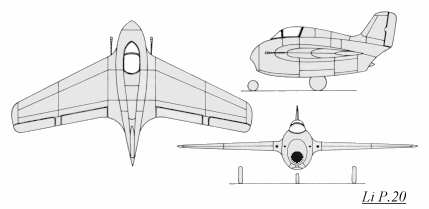... and not around the rocket engine like it was historically so.
It will probably feture the Jumo 004 engine (feel free to suggest an other likely candidate), the general layout of the aircraft and armament remains as same as possible. Jumo 004 was ~550 kg heavier than the Walther rocke engine.
Fuel - in OTL it carried a bit more than 2 tons of fuel+oxidiser. The Me 262 carried 2570 L (2000+ kg) of fuel for it's two Jumos, so there is a lot of weight to be saved due to reduced fuel load for just one jet engine. Say, 1200 kg of fuel (~1400 L) is carried, for a bit more range than for the Me 262, and should even out the weight increase due to jet engine instead the rocket engine.
Obviously, the main effect is that Luftwaffe can field a jet fighter earlier, and Me 262 is not pursued. What could be other consequences, both during ww2 and after? Both techincal and operational/strategic?
(yes, germany is still defeated some time in 1945, though we can discuss the goings in 1944-45)
It will probably feture the Jumo 004 engine (feel free to suggest an other likely candidate), the general layout of the aircraft and armament remains as same as possible. Jumo 004 was ~550 kg heavier than the Walther rocke engine.
Fuel - in OTL it carried a bit more than 2 tons of fuel+oxidiser. The Me 262 carried 2570 L (2000+ kg) of fuel for it's two Jumos, so there is a lot of weight to be saved due to reduced fuel load for just one jet engine. Say, 1200 kg of fuel (~1400 L) is carried, for a bit more range than for the Me 262, and should even out the weight increase due to jet engine instead the rocket engine.
Obviously, the main effect is that Luftwaffe can field a jet fighter earlier, and Me 262 is not pursued. What could be other consequences, both during ww2 and after? Both techincal and operational/strategic?
(yes, germany is still defeated some time in 1945, though we can discuss the goings in 1944-45)


